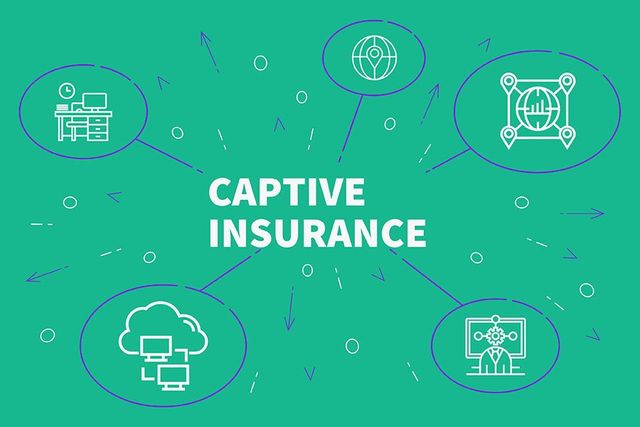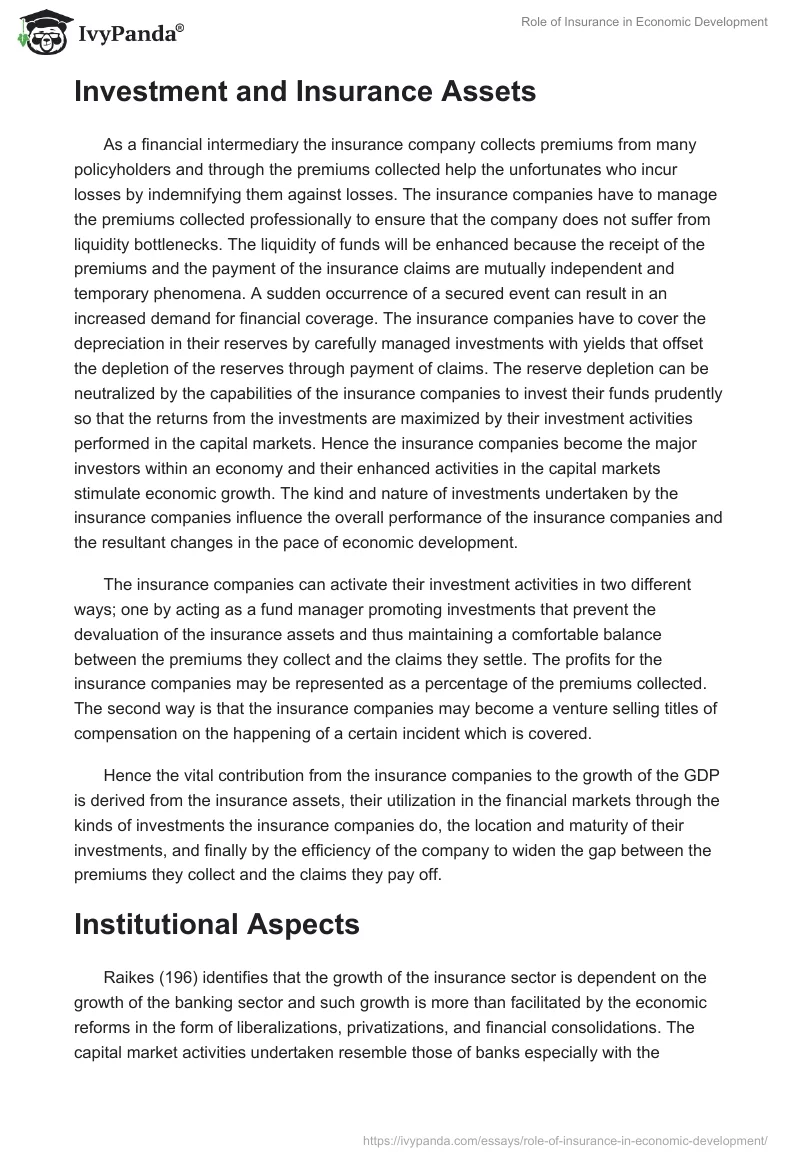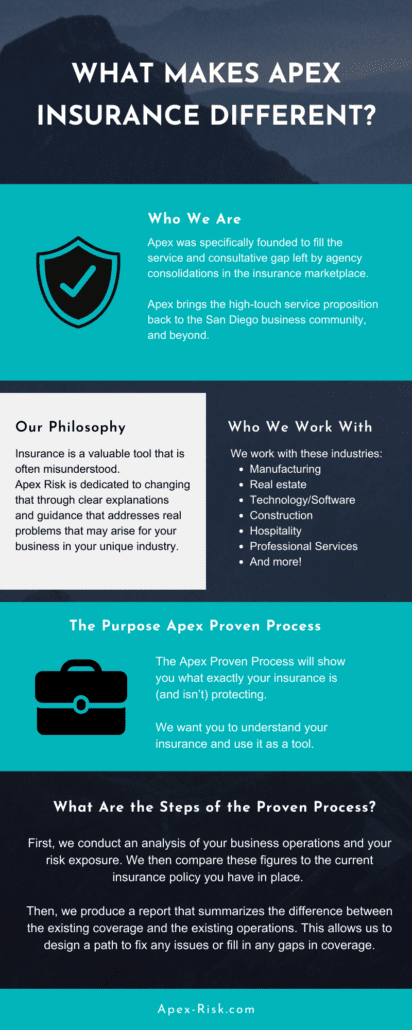Pacific Prime Fundamentals Explained
Pacific Prime Fundamentals Explained
Blog Article
A Biased View of Pacific Prime
Table of ContentsPacific Prime for DummiesPacific Prime for DummiesAll About Pacific PrimeThe smart Trick of Pacific Prime That Nobody is Talking About
In a lot of states, the insurance provider is required to send you a copy of the changes to your plan. It is essential that you review Recommendations or Cyclists so you recognize just how your plan has altered and if the policy is still appropriate to fulfill your needs. To acquire a duplicate of your insurance policy, please contact your insurance representative or company.
The Institute of Medicine (IOM) Committee on the Effects of Uninsurance launches an extensive exam of proof that addresses the relevance of medical insurance coverage with the publication of this record. Insurance coverage Matters is the first in a series of six records that will certainly be released over the following two years recording the fact and consequences of having actually an estimated 40 million people in the United States without medical insurance coverage.

The Basic Principles Of Pacific Prime
The goal of this collection of studies is to refocus policy focus on a historical issue. Complying with the lengthiest financial expansion in American history, in 1999, an approximated one out of every 6 Americans32 million adults under the age of 65 and greater than 10 million childrenremains uninsured (Mills, 2000).

Ten percent of the population make up 70 percent of wellness care expenditures, a correlation that has remained continuous over the previous 3 years (Berk and Monheit, 2001) - group insurance plans. Thus health and wellness insurance policy continues to serve the function of spreading danger also as it increasingly finances routine care. From the point of view of healthcare companies, insurance brought by their patients helps safeguard an earnings stream, and neighborhoods gain from economically viable and steady healthcare specialists and establishments
Federal government supplies medical insurance to populations whom the private market might not offer properly, such as disabled and senior citizens, and populaces whose accessibility to health and wellness care is socially valued, such as children and pregnant ladies. The ultimate ends of wellness insurance coverage for the individual and communities, including workplace neighborhoods of workers and employers, are improved wellness end results and high quality of life.
Little Known Questions About Pacific Prime.
Staff members rank medical insurance first by much in significance amongst all the advantages supplied in the work environment (Salisbury, 2001). Although there have been substantial investments of individual and public funds to offer medical insurance, lots of people still have no coverage. In spite of extensive coverage of survey searchings for and health and wellness treatment research study results, the public continues to be baffled and misinformed about Americans without medical insurance and the effects of doing not have coverage.

Without concern, the complexity of American wellness care funding devices and the riches of sources of information include in the general public's confusion and suspicion concerning health and wellness insurance stats and their interpretation. This record and those that will certainly follow aim to distill and provide in conveniently understandable terms the substantial study that bears upon inquiries of medical insurance protection and its significance.
Fifty-seven percent of Americans surveyed in 1999 believed that those without health and wellness insurance are "able to obtain the treatment they need from doctors and healthcare facilities" (Blendon et al., 1999, p. 207). In 1993, when nationwide interest was concentrated on the issues of the without insurance and on pending health and wellness treatment regulations, just 43 percent of those surveyed held this belief (Blendon et al., 1999).

They also receive less preventative solutions and are less likely to have normal look after chronic conditions such as hypertension and diabetes. Persistent illness can cause pricey and disabling issues if they are not well managed (Lurie et al., 1984; Lurie et al., 1986; Ayanian et al., 2000). One national survey asked greater than 3,400 adults concerning 15 very significant or somber problems.
The 4-Minute Rule for Pacific Prime
Extra proof exists later in this phase in the discussion of insurance coverage and access to wellness treatment. https://www.pageorama.com/?p=pacificpr1me. Individuals without medical insurance are young and healthy and select to go without insurance coverage. Nearly half (43 percent) of those checked in 2000 believed that individuals without medical insurance are much more most likely to have health issue than people with insurance
Voters and plan makers in emphasis group discussions characterize those without insurance as youngsters who have the opportunity to be covered and feel they do not need it (Concierge Novelli, 2001). Compared to those with at least some private insurance coverage, the without insurance are less likely to report being in superb or great wellness (Agency for Health Care Study and High Quality, 2001).
RESOURCE: Center for Expense and Funding Studies, Company for Medical Care Study and Quality, based on MEPS data. Young person in between 19 and 34 are even more most likely to do not have medical insurance than any other age team. This is mainly due to the fact that they are less frequently qualified for employment-based insurance policy due to the nature of their work or their brief period in it.
The assumption that individuals without insurance policy have better-than-average wellness follows recommended you read from confusing the relatively young age account of the uninsured with the better wellness, typically, of younger persons. This obscures the web link in between wellness standing and wellness insurance policy. For those without accessibility to office health insurance, poor health is a potential barrier to acquiring nongroup coverage because such insurance coverage might be extremely priced, leave out preexisting conditions, or be simply unavailable.
Report this page